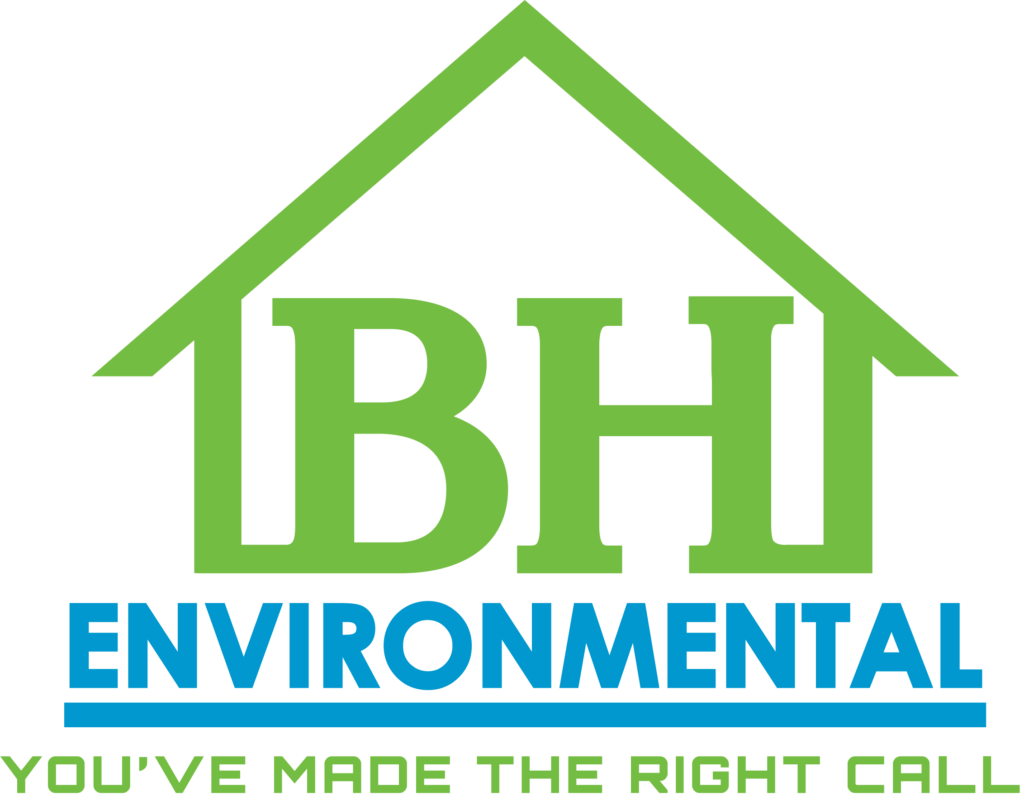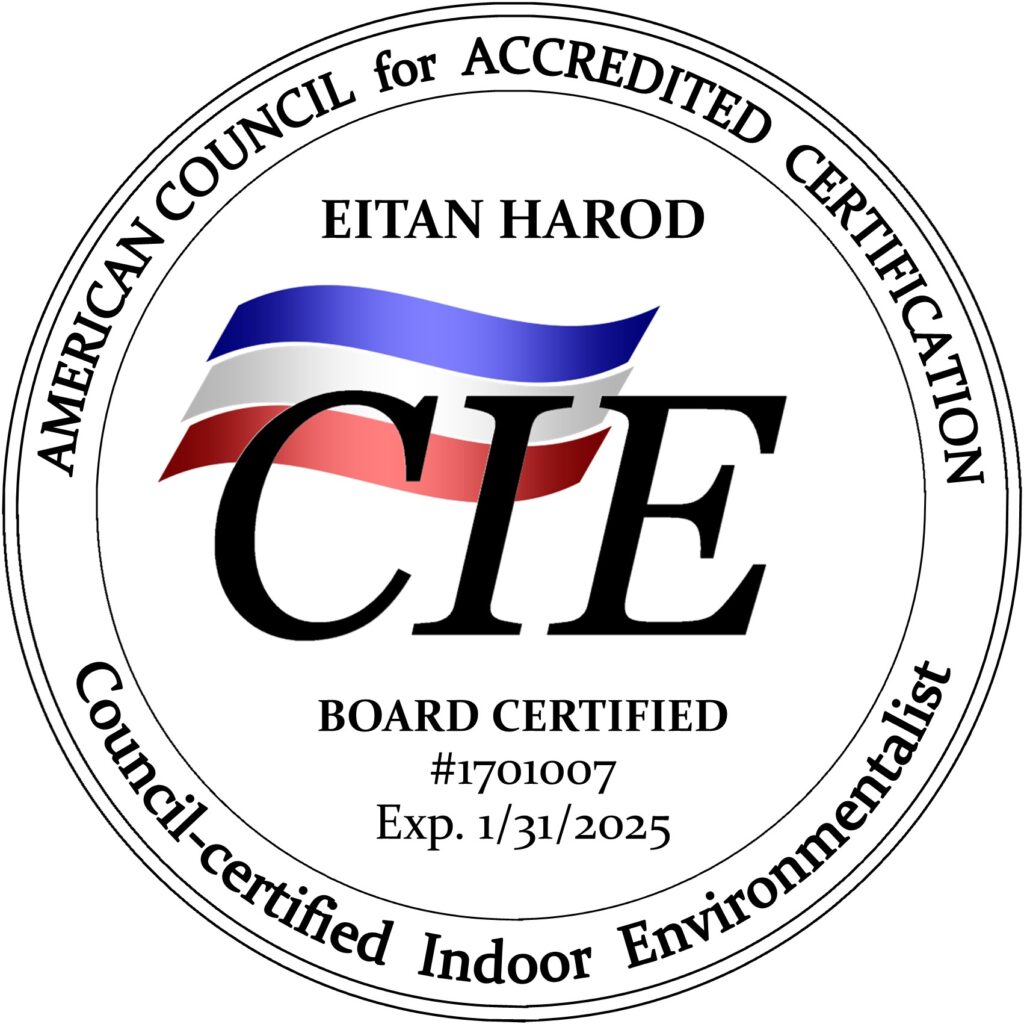Detecting and addressing mold exposure in your home or business is crucial for maintaining a safe and healthy environment. At BH Environmental, we specialize in mold inspection and cleanup services tailored to homeowners, business owners, office owners, property managers, and real estate agents. From initial detection to thorough disinfection, our team is dedicated to guiding you through the process with expertise and care. In this detailed guide, we will walk you through the steps of testing for mold exposure, highlighting the importance of seeking out expert services like ours to ensure the well-being of your property and those within it.
Uncovering the Hidden Enemy
Identifying Mold Hotspots
Mold thrives in damp, dark environments, making certain areas of your home or business particularly vulnerable. Common mold hotspots include bathrooms, kitchens, basements, and attics. These areas often have high humidity levels, poor ventilation, or occasional water leaks, creating the perfect conditions for mold growth. Additionally, HVAC systems and air ducts can harbor mold spores, spreading them throughout your property. To identify these hotspots, you should regularly inspect areas with plumbing fixtures, under sinks, around windows, and in any spaces that have previously experienced water damage. Spotting mold early can prevent it from spreading and causing more extensive damage. If you notice a musty odor, visible mold, or experience unexplained health issues, it’s crucial to investigate further. For a thorough inspection, consider hiring professionals like BH Environmental, who have the expertise to detect mold in even the most hidden areas.
Signs You Can’t Ignore
Recognizing the signs of mold exposure early can save you from significant health and property issues. One of the most apparent indicators is a persistent musty odor, often noticed before mold becomes visible. Another key sign is the presence of visible mold growth, which can appear in various colors such as black, green, or white, commonly found on walls, ceilings, and around windows. Additionally, water stains or discoloration on walls and ceilings often hint at underlying mold problems. Health symptoms like chronic coughing, sneezing, itchy eyes, skin rashes, or unexplained headaches can also be linked to mold exposure. These symptoms are particularly concerning if they improve when you leave the affected area. If you observe any of these signs, it’s crucial to act promptly. Engage professional services like BH Environmental to conduct a comprehensive mold inspection and ensure your environment is safe.
Expert Intervention
The Inspection Process
The mold inspection process begins with a thorough visual assessment of your property. At BH Environmental, we start by identifying any visible signs of mold and areas with potential moisture issues. Using advanced tools like moisture meters and infrared cameras, we detect hidden mold colonies behind walls and under floors. Our team also collects air and surface samples to measure mold spore concentrations, providing a clear picture of the contamination level. These samples are then analyzed in a certified laboratory to determine the type of mold present and its potential health risks. Following the inspection, we provide a detailed report outlining our findings and recommended action steps. This report serves as a crucial guide for the mold remediation process, ensuring all affected areas are treated effectively. Professional mold inspections are essential for accurately diagnosing the problem and crafting a comprehensive plan to restore a safe environment.
Effective Mold Disinfection Methods
Effective mold disinfection requires a thorough approach to eradicate mold spores and prevent future growth. At BH Environmental, we use a combination of methods tailored to the severity and location of the mold infestation. First, containment strategies are employed to isolate the affected area, preventing spores from spreading. We use HEPA air filters and negative air machines to capture airborne spores during the cleaning process. Surface mold is treated with EPA-approved antimicrobial solutions that kill mold at its source. In instances of severe contamination, we may recommend removing and replacing affected materials like drywall and flooring. Additionally, we address the underlying moisture issues by fixing leaks, improving ventilation, and installing dehumidifiers. Post-remediation verification tests ensure that mold levels are reduced to safe levels. This multi-faceted approach not only removes existing mold but also safeguards your property against future mold problems, ensuring a healthier environment.







